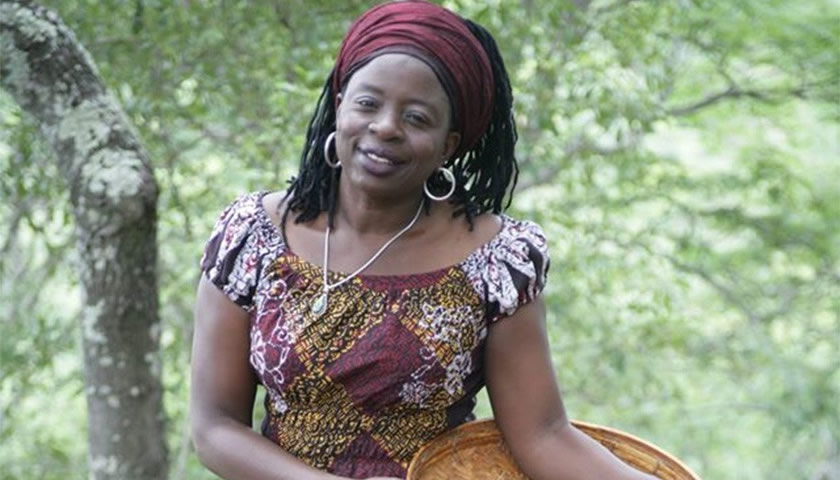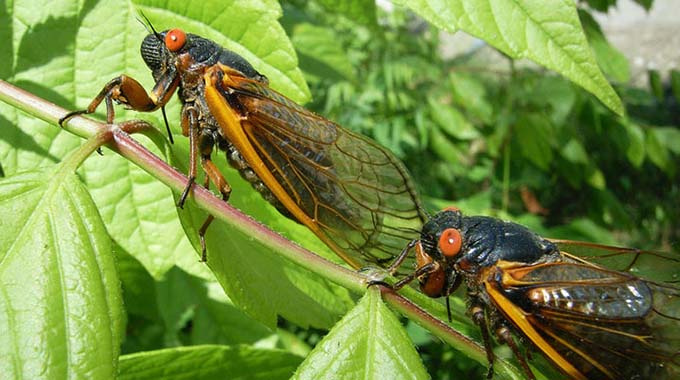The beauty and mystery of the Save River
Dr Sekai Nzenza on Wednesday
Each time we approach the Save River, driving from Hwedza to Chikomba District, my cousin Reuben has a habit of looking towards the scenic Save River basin and then he sings the National Anthem. He does not sing the whole of the anthem. No. He only sings the part that says: “Tarisai Zimbabwe nyika yakashongedzwa. Namakomo, nehova, zvinoyevedza …” Then he goes into this nostalgic English humming of the same words: “O lovely Zimbabwe, so wondrously adorned. With mountains, and rivers cascading, flowing free…” Sometimes I hum along with him.
The Save River was the river of my youth. Along its fertile banks, my relatives used to grew okra, yams and sweet potatoes. The mango trees were leafy, producing big green mangoes that were so yellow, juicy and ripe inside. From afar, we used to watch crocodiles basking in the sun on the river sand. Fishermen covered themselves in magical herbs and placed their nets in the crocodile-infested river. They were not eaten.
In colonial days, they called this river Sabi. But its real name is Save. It stretches for 400 kilometers flowing through Zimbabwe and Mozambique. The source of the river is in Zimbabwe, about 80 kilometres or more, south of Harare. It flows south and then east, meeting Odzi River along the way. Then it turns south, dropping over the Chiviravira Falls, and continues down along the western side of the Eastern Highlands, creating a dry river valley before it is joined by Runde River on the Mozambican border. Soon after making a spectacular confluence at Mahenya, it crosses into Mozambique and flows into the Indian Ocean.
The Save River flows through a conservancy full of various flora and fauna. In the past there were more lions, buffalo, leopard, elephant and other game, including black rhinos and white rhinos along the Save Valley. In the middle Sabi, farther down south, the Save River provides canal irrigation for sugar cane, citrus, cotton, rice and wheat.
Our village is only a few kilometres from the river along the Hwedza and Mbire mountains. There are red and black fertile soils on its banks and people also catch large quantities of fish. The people from our village and those from across the river have celebrated Save as a source of sustenance for decades.
During the past few days, Save River has been very quiet. When she is like this, you must not go near her because she is in flood and cannot breathe. She appears calm as water flows slowly downstream. But if you try to cross it, you will be carried away within seconds. There is a strong ferocious current inside Save when it is in flood. Down here people say, “Sudurukai, Save rwakatsamwa” (Move back, Save is angry). The Pool of the Mermaids or Dziva reNjuzu on the Save River cannot be seen at all when the river is in floods as it is now.
When I was growing up here in the village, my grandmother, Mbuya VaMandirowesa, said Save was a mysterious sacred river. It was managed and controlled by the ancestors. These ancestors have their emissaries or messengers called njuzu or mermaids. Njuzu are not black like us. No. They are European women who dwell in big dark pools within the river. This is how we are related to white people in the ancestral spiritual world. Njuzu can possess a person and give him or her knowledge of herbal medicines and ability to tell the future. Such a person as known to have Shavi reNjuzu.
Long before independence, we took the cattle to the valleys and swam in the safe part of the river. In the late afternoon, when the cattle were full and resting under the shade of trees, we washed our clothes and hung them on the tree branches to dry. We played and sang “Garwe Heri Sadza” (Crocodile here is your sadza). One person was the crocodile and everyone else teased him pretending to give him sadza. The crocodile danced and sang “swederera” (get closer), until he pounced on one of us and ran away to eat her. We learnt to swim that way, running away from the “crocodile”.
Naked, we did cat wheels in the Save River sand. Then we sang and danced naked on the rocks, swam, rolled in the river sand and jumped in the water many times. We scrubbed and massaged each other’s backs with stones and compared the sizes of our budding breasts. We took nyungururwi – the black river insects from the water and got them to bite our nipples. The bites were sharp and painful. We believed that nyungururwi would make our breasts grow big quickly.
By sunset we were tired of swimming. Our skin was so dry and gray. Our eyes were red and itchy. We rubbed ourselves with soap, scrubbed our feet with a stone, rinsed our bodies in a separate upstream pool and lay naked on the rocks to dry. Then we massaged our bodies with peanut oil until we looked so clean, smooth and shiny. In the golden glow of the sunset, we left the Save River and drove our cattle home.
The Save River was kind to us. But this river was also cruel. There are many tragic stories of people who drowned in the river and others who were eaten or injured by crocodiles.
I recall that one day Mai Seviria went down to the river with Seviria, her 12-year-old daughter and Isaac, the three-month-old baby boy. Mai Seviria handed the baby to Seviria, took off her clothes and stepped into the water. Everyone knew that this bathing place, although not used as frequently by the women, was a safe place, beautifully surrounded by short reeds and water lilies.
Crocodiles were not known to come this far upstream. Soon as Mai Seviria stepped into the water, a lurking crocodile ferociously grabbed her leg, forcing her to fall into the water. She screamed and tried to kick and fight, but the crocodile quickly swam away with her. She was not seen ever again. Not a single limp or body part was found. Later on, they buried a goat’s head, as we do, when a body cannot be found.
If Seviria was not there when her mother was attacked by the crocodile, people might have said Mai Seviria was taken away by the Save River mermaids. In the old days, they said people who disappeared in the water came back years later as specialist traditional healers, having been taught everything about healing during their time in the underwater. Seviria saw her mother go while she held on to the baby Isaac and screaming for help.
At the funeral, people asked why the river crocodiles had been so unkind, to take away a young mother like that.
And yet, the Save River is mostly kind. We eat fish from the river. Along the Save River, not too far from us, lives Madzibaba Ishmael. He was born here and has fished in the sacred river pools ever since he was a young boy. Every rainy season, we wait for Madzibaba to bring cat fish to us. He climbs two steep hills, mikwidza, to get to our homestead.
Sometime last year, he brought a big red bucket full of cat fish. He placed the bucket on the ground and we could smell the fish. He opened the sack that was carefully placed inside the bucket and then we saw the biggest cat fish or miramba that we had not seen in years. There were 15 of them. “My trap had more than 50 this morning but I could not carry it all,” said Madzibaba. The fish were so fresh and bloody from being hit on the head.
Madzibaba said during the dry season, miramba hide in the muddy river. When the rains come, the fish come back, ready to spawn. “Without Save, I will not survive,” said Madzibaba, as he counted his fish for us to buy. Besides the fish, he brought along a bag of fresh okra that he grows on the fertile black soils of the river throughout the year.
Save maintains her mystery and sacred powers. As long as the Save River continues to fill up with water, we sing about the beauty of our country and celebrate the promises of a good harvest.
Dr Sekai Nzenza is a writer and cultural critic








Comments